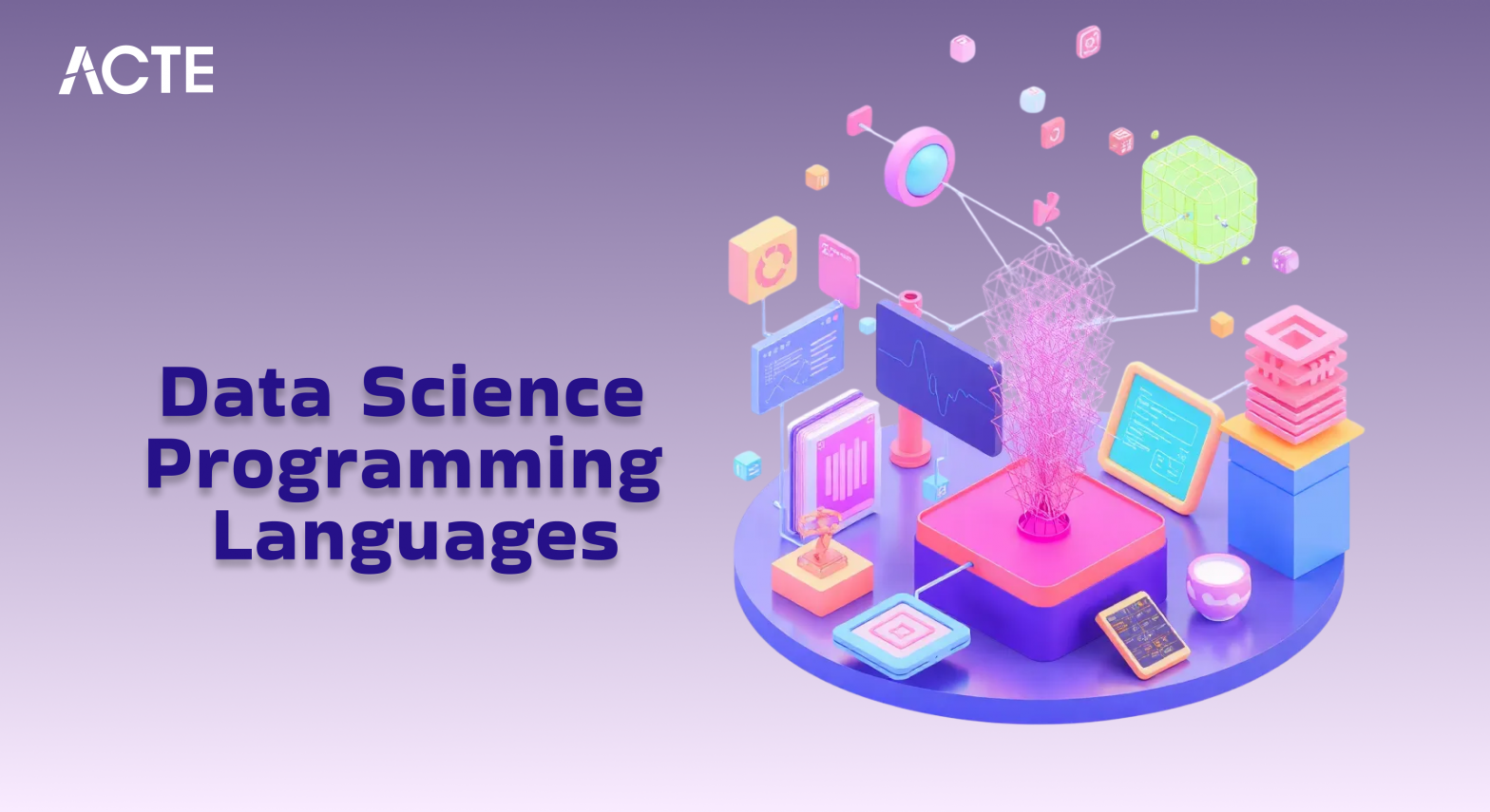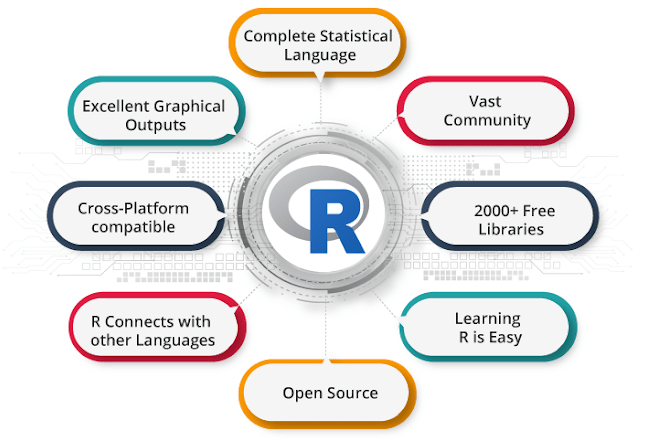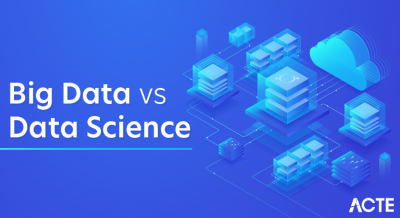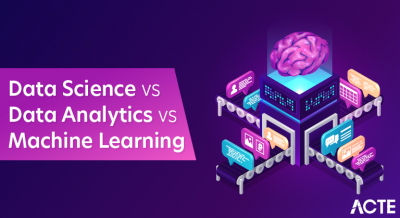
- Introduction
- Importance of Programming in Data Science
- Python for Data Science
- R Language for Data Science
- SQL for Data Handling
- Java and Scala for Big Data
- SAS for Statistical Analysis
- MATLAB for Mathematical Modeling
Introduction
Data science merges domain knowledge, programming expertise, and algorithmic understanding to extract insights from both structured and unstructured data. Central to this process is the use of programming languages, which serve as vital tools for collecting, cleaning, analyzing, and visualizing data. These languages empower data scientists to develop predictive models, perform complex computations, and derive meaningful conclusions from large datasets. As data science evolves, the choice of programming language becomes increasingly important. Different languages offer unique features that cater to specific tasks in the data science pipeline, including those covered in Data Science Training. For instance, Python is widely favored for its simplicity, extensive libraries (like Pandas, NumPy, and Scikit-learn), and community support. R excels in statistical analysis and data visualization, making it popular among researchers. SQL remains essential for querying databases efficiently, while Java and Scala are often used in big data environments due to their performance and integration with platforms like Apache Spark. Selecting the appropriate language can significantly impact the scalability, speed, and effectiveness of data projects. This article examines key programming languages that shape the data science landscape, highlighting how each contributes to the analytical and modeling capabilities essential for data-driven decision-making.
Interested in Obtaining Your Data Science Certificate? View The Data Science Course Training Offered By ACTE Right Now!
Importance of Programming in Data Science
Programming is a fundamental skill that every data scientist must master. In the field of data science, working with raw data involves numerous tasks such as cleaning, transforming, analyzing, and visualizing that are far too complex and time-consuming to perform manually. Programming enables data scientists to automate these processes, making their workflows more efficient, scalable, and reproducible. Without programming, it would be nearly impossible to manage large datasets, implement machine learning models, or build dynamic visualizations, highlighting the Role of Citizen Data Scientists in Today’s Business. Programming allows data scientists to harness the power of modern computing to perform sophisticated analyses, test hypotheses, and derive actionable insights from data. It also enhances problem-solving capabilities, as coding provides the flexibility to explore various approaches, debug issues, and optimize performance. Moreover, programming is essential for integrating diverse tools, libraries, and frameworks that support data science tasks.

Languages like Python and R offer extensive ecosystems of packages for statistical analysis, machine learning, and data visualization. These resources allow data scientists to apply advanced techniques with greater precision and speed. In addition, programming fosters collaboration across disciplines. A data scientist with strong coding skills can effectively communicate and work alongside software engineers, developers, and business stakeholders. This cross-functional collaboration is vital in building and deploying robust, data-driven solutions. Ultimately, programming is not just a technical requirement, it’s a gateway to innovation and impact in data science.
Python for Data Science
- Versatility and Ease of Use: Python’s simple syntax and readability make it accessible to beginners and efficient for experienced data scientists.
- Strong Community Support: Python has a large, active community that continuously contributes new tools, tutorials, and documentation, making problem-solving easier.
- Integration and Compatibility: Python integrates well with other languages and tools, supporting workflows that involve SQL, Hadoop, and Spark for big data processing.
- Support for Machine Learning and AI: With libraries like TensorFlow, Keras, and PyTorch, Python is a leading language for developing advanced machine learning and deep learning models, making it one of the Top Reasons To Learn Python.
- Flexibility Across Domains: Python’s adaptability makes it suitable not only for data science but also for web development, automation, and scientific computing.
- Robust Development Environments: IDEs such as Jupyter Notebook and VS Code provide interactive and efficient platforms for data analysis, visualization, and collaborative work.
- Extensive Libraries and Frameworks: Python offers powerful libraries such as Pandas for data manipulation, NumPy for numerical computing, Matplotlib and Seaborn for visualization, and Scikit-learn for machine learning.
- Designed for Statistical Analysis: R was specifically created for statistical computing and data visualization, making it ideal for data science tasks involving statistics.
- Extensive Package Ecosystem: R has thousands of packages available via CRAN that cover a wide range of data science needs, including data manipulation (dplyr), visualization (ggplot2), and machine learning (caret).
- Powerful Data Visualization: R excels in creating advanced and customizable visualizations, helping data scientists communicate insights effectively through Data Science Training.
- Strong Community Support: R has a large, active community of statisticians, researchers, and data scientists who contribute to its continuous development and provide extensive online resources.
- Integrated Development Environments (IDEs): Tools like RStudio provide user-friendly environments that simplify coding, debugging, and project management in R.
- Data Handling Capabilities: R efficiently manages and analyzes structured data from various sources including databases, spreadsheets, and web APIs.
- Interoperability with Other Languages: R can integrate with languages like C++, Python, and SQL, allowing data scientists to leverage multiple tools and frameworks in their workflows.
- Parallel and Distributed Processing: Both languages support parallelism and are optimized for distributed systems, enabling the efficient processing of massive datasets.
- Strong Typing and Error Checking: Both languages provide strong type systems that help catch errors at compile time, ensuring greater code reliability in complex big data environments.
- Robust Libraries and Ecosystem: Java and Scala benefit from mature libraries and tools, including those for machine learning (like MLlib), graph processing (GraphX), and data streaming.
- Functional Programming (Scala): Scala blends object-oriented and functional programming paradigms, unlike Python Keywords.
- Enterprise Adoption: Java’s long-standing presence in enterprise environments and Scala’s growing adoption in tech companies make them valuable skills for big data professionals.
- Performance and Scalability: Both Java and Scala run on the Java Virtual Machine (JVM), offering high performance and scalability for big data applications. Their efficient memory management and multithreading capabilities support processing of large-scale datasets.
- Apache Hadoop and Spark Integration: Java is the original language for Hadoop, making it deeply integrated with its APIs. Scala, on the other hand, is the native language for Apache Spark, providing seamless support for building high-performance data processing applications.
Would You Like to Know More About Data Science? Sign Up For Our Data Science Course Training Now!
R Language for Data Science

SQL for Data Handling
SQL (Structured Query Language) is a foundational tool for data handling in data science. It is specifically designed for managing and manipulating relational databases, which are commonly used to store structured data. Data scientists often rely on SQL to extract, filter, and organize data before performing deeper analyses. Whether querying a small dataset or interacting with massive enterprise databases, SQL provides a reliable and efficient way to retrieve exactly the data needed. One of SQL’s greatest strengths is its ability to handle complex queries involving joins, aggregations, and nested subqueries, which is essential in What is Data Science. This makes it invaluable for combining data from multiple tables, summarizing large volumes of information, and uncovering insights directly at the source. SQL is also widely supported across database systems such as MySQL, PostgreSQL, Oracle, and Microsoft SQL Server, making it a versatile skill in the data science toolkit. In data science workflows, SQL often serves as the first step in the pipeline used to clean and prepare data before analysis in programming languages like Python or R. Its declarative nature allows users to specify what they want without detailing how to get it, simplifying data access and enabling reproducibility. Mastery of SQL is essential for any data scientist working with structured data.
Want to Pursue a Data Science Master’s Degree? Enroll For Data Science Masters Course Today!
Java and Scala for Big Data
SAS for Statistical Analysis
SAS (Statistical Analysis System) is a powerful software suite widely used for advanced statistical analysis, data management, and predictive modeling. Known for its robustness and reliability, SAS is especially popular in industries such as healthcare, finance, and government, where data integrity and regulatory compliance are critical. It provides a comprehensive environment for handling large datasets, performing complex statistical procedures, and generating detailed reports. One of SAS’s key strengths lies in its extensive library of statistical functions and procedures, which support a wide range of analyses from basic descriptive statistics to advanced regression models and time series forecasting, highlighting The Importance of Machine Learning for Data Scientists. The software’s structured programming language allows users to write code for data manipulation, statistical analysis, and output generation with precision and control. SAS also offers a user-friendly graphical interface, which makes it accessible to users who may not have a strong programming background. At the same time, it supports advanced coding for more experienced users, making it versatile across skill levels. Its ability to handle large-scale data efficiently and its strong documentation and support network contribute to its continued use in enterprise settings. While newer open-source tools like R and Python have gained popularity, SAS remains a key player in statistical analysis due to its stability, scalability, and industry-grade performance.
Go Through These Data Science Interview Questions & Answer to Excel in Your Upcoming Interview.
MATLAB for Mathematical Modeling
MATLAB (Matrix Laboratory) is a high-level programming environment specifically designed for mathematical modeling, numerical analysis, and algorithm development. Widely used in engineering, physics, finance, and academia, MATLAB excels in tasks that require matrix computations, linear algebra, differential equations, and advanced mathematical simulations. Its powerful built-in functions and toolboxes make it ideal for modeling complex systems and visualizing data in dynamic and intuitive ways. One of MATLAB’s primary strengths is its ability to handle large-scale numerical computations with ease. The platform provides a flexible environment where users can prototype, test, and optimize mathematical models quickly through Data Science Training. Engineers and researchers frequently use MATLAB to simulate real-world systems, such as electrical circuits, mechanical structures, and control systems, due to its precision and reliability. MATLAB also includes a variety of specialized toolboxes for machine learning, signal processing, image analysis, and computational biology, expanding its utility beyond core mathematics. Its integrated development environment (IDE) supports code debugging, visualization, and report generation, which enhances productivity. Although MATLAB is a proprietary tool with licensing costs, its powerful capabilities and ease of use make it a preferred choice for many scientific and technical applications. For data scientists involved in mathematical modeling or simulations, MATLAB remains a valuable and highly effective resource.




